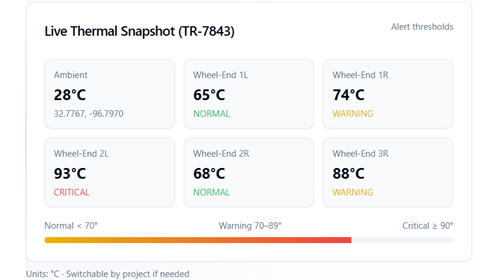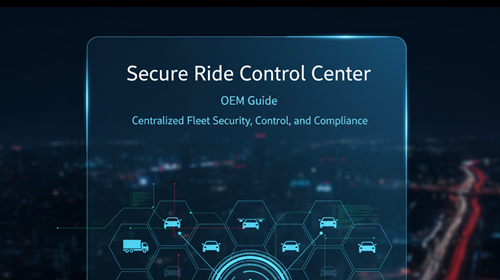
/
March 27, 2023
/
#
Min Read
Driving Urban Mobility into the Future
How we transport people and goods is changing, and not for the first time. Long ago we used horse-drawn carriages, sailing ships, and mule trains. Today we are exploring self-driving cars, electric vehicles, and drones. Even in the last ten years, we have seen a shift towards more autonomous, connected, electric, and shared transport, particularly in urban centers. As technology continues to evolve and public interest in sustainable alternatives grows, we can expect to see urban mobility undergo a huge transformation
Where Is Urban Mobility Headed?
When the transportation of goods and people became dependent on fossil fuels, it brought about huge changes to the way we live. Connected, autonomous, shared, and electrified (CASE) vehicles are causing a similar shift today.
Cities around the world are implementing clean air zones and offering tax breaks to encourage the purchase of EVs and reduce airborne pollutants. At the same time, micro-mobility companies such as Voi, Lime, and Lyft continue to thrive, driven by the need for cheap, sustainable transport that gets people from point a to point b faster than walking.
In the heavy goods vehicle (HGV) sector we are seeing more manufacturers turning to alternative fuels. Pioneers like Volta Trucks, producer of the world’s first full-electric 16-ton commercial vehicle, are changing the way we approach urban deliveries and last-mile logistics.
Meanwhile, in the public transport sector, we are seeing an increase in electric-based and carbon-neutral vehicles as well as the potential for shared mobility options. With shared mobility, people can subscribe and pay to use a vehicle only when they need it, rather than footing the steep costs of ownership, for a vehicle that remains idle 96 percent of the time.
Of course, this automotive transformation is only just beginning. And although it has great potential, it won’t happen overnight.
The Importance of Connectivity
Connectivity is key to streamlining and expediting the evolution of urban mobility. Vehicles today are not only defined by the software that runs within them but they are dependent on an OEMs ability to update that software. Up until recently, this was only achievable through an in-person dealer visit. Not anymore. With full-vehicle connectivity, automakers can update all relevant software on all their vehicles, with the push of a button.
So, why aren’t we seeing more of this? Tesla is well known for its over-the-air (OTA) capabilities, but what about other manufacturers?
The reason is that building a safe, reliable, and efficient connectivity platform from the ground up isn’t easy. A cost-effective alternative is partnering with a product-based SaaS supplier, like Sibros.

Sibros’ Deep Connected Platform is an end-to-end embedded connectivity solution that enables flexible data logging, advanced analytics, fleet management, OTA updates, and remote commands for the full vehicle lifecycle and to scale. Our hardware-agnostic solution is compatible with most vehicle architectures and cloud providers right out-of-the-box, for full integration in as little as four weeks. To learn more about Sibros’s products and how they are helping drive the transformation of urban mobility, contact us today.










